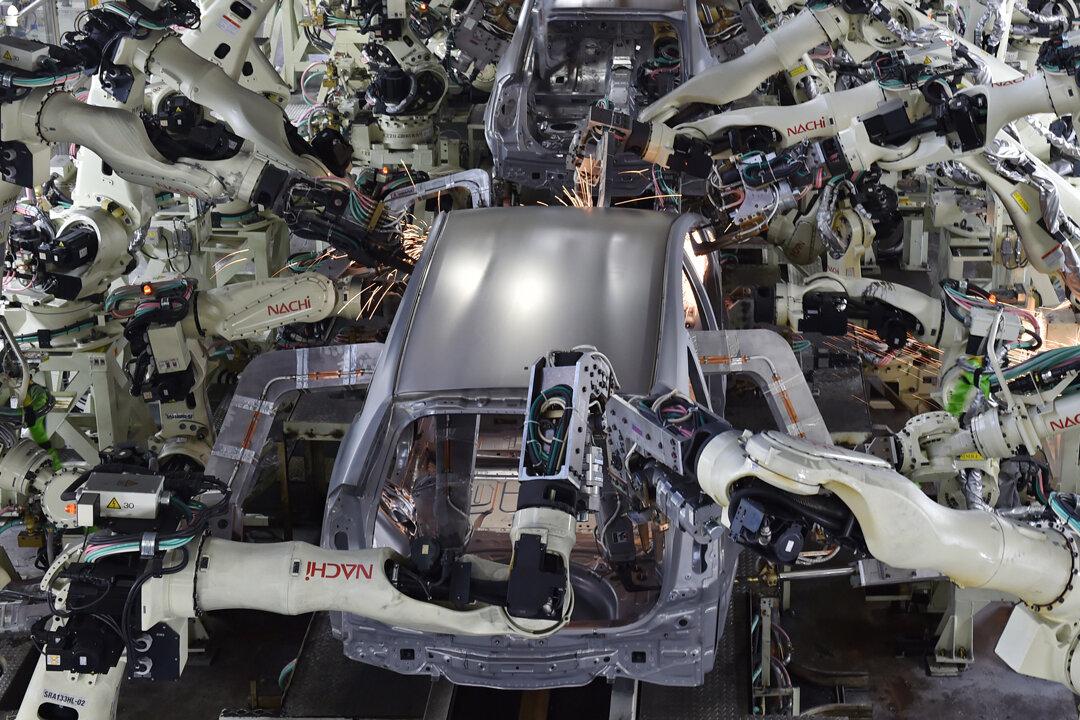Copper traded limit down for the third time in a week in Shanghai. For those who don’t work on a futures exchange, this means prices crashed 5 percent and trading was suspended because the Chinese don’t want it to fall anymore.
Copper is down 9 percent over the last month. Yes, the economy in China is slowing down and it buys less of it, but the real reason is another: Chinese traders’ propensity to game the system to get something for nothing to the tune of $500 billion, using copper as a conduit.
Why Copper?
In order to understand why people use copper to funnel dollars into China and profit from it, we have to look at interest rates, the Chinese yuan, and capital controls.
Chinese and foreigners alike have two large incentives to change dollars into yuan. The first is the interest rate differential. The risk-free rate on short-term deposits in the United States is near zero percent. In China it’s about 5 percent, so if you are Chinese and you have dollars, you make more money investing them in China.
The second reason is the 27 percent appreciation of the yuan against the dollar since 2005. So on top of a positive interest rate spread, you make money on the exchange rate too.
There is only one problem, and that’s where copper comes in. Chinese companies—or foreigners—cannot just exchange dollars for yuan because of capital controls imposed by the People’s Bank of China (PBOC).
So Chinese companies devised a clever way to use copper and other commodities to conduct the so-called carry trade.
A Chinese company would use a foreign company and banks (mostly based in Hong Kong) as well as its own foreign subsidiary to trade paper warrants and letters of credit back and forth. These papers have a claim on the copper, which is usually stashed in a warehouse in a Chinese port (for example, not yet officially imported) or in transit to China.
Profits
So the Chinese company could effectively short dollars to invest in higher yielding yuan assets. The banks would make their fees on the transaction services and the offshore trader would buy the copper at a discount to market.
Because the copper never moves, the transaction can be repeated up to 30 times within a typical six months period.
Yuan Reversal
This carry trade worked so well over the years, everybody started doing it. Because the issuance of warrants and letters of credit increases total credit, it also contributed to the rise in the Chinese shadow banking system. This is something the PBOC wasn’t too happy about because it can’t control it.
So in order to stop hot money inflows into China and to stop the carry trade, the PBOC did something that most people didn’t anticipate: it devalued the yuan by almost 1 percent in one week ending Feb. 25.
This is nothing compared to the moves in the euro or the yen, but traders thought the PBOC was serious and the first few hands quickly started folding. If the yuan keeps dropping against the dollar, speculators stand to lose money on their yuan deposits, so they started to sell their copper positions to exit the trade.
As happens normally with the carry trade, liquidations and the drop in the price of copper led to margin calls for other speculators, which in turn have to liquidate their holdings. This cycle will continue until either the PBOC sends a different signal to the market and stops devaluing the yuan, or until only commercial users of copper are left.
Inside China’s Copper Trading Game
Copper traded limit down for the third time in a week in Shanghai. For those who don’t work on a futures exchange, this means prices crashed 5 percent and trading was suspended because the Chinese don’t want it to fall anymore.

Boats are anchored in Hong Kong’s Aberdeen Harbor, Sept. 22, 2013. Chinese companies have used Hong Kong banks to trade paper warrants for copper, which is often stashed in warehouses in transit to China.
RICHARD A. BROOKS/AFP/Getty Images
|Updated:
Valentin Schmid is a former business editor for the Epoch Times. His areas of expertise include global macroeconomic trends and financial markets, China, and Bitcoin. Before joining the paper in 2012, he worked as a portfolio manager for BNP Paribas in Amsterdam, London, Paris, and Hong Kong.
Author’s Selected Articles




